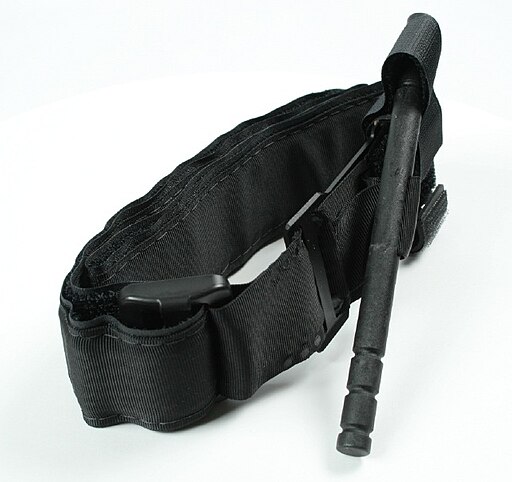The Emergency Tourniquet
In emergency medicine, few tools are as effective and lifesaving as the tourniquet. This seemingly simple device has been instrumental in preventing catastrophic blood loss and saving lives, particularly in situations where trauma-induced hemorrhaging is severe. Dr. Matthew D. Sztajnkrycer, an emergency medicine specialist at Mayo Clinic, emphasizes the critical role tourniquets play, recalling instances where they've been pivotal in emergency scenarios.
Read Dr. Sztajnkrycer's full article: The crucial role of tourniquets in trauma care.
1. Understanding the Importance of Tourniquets:
- Motor Accidents and Household Incidents: Tourniquets have proved invaluable in scenarios like motor accidents and household mishaps involving severe bleeding, preventing patients from bleeding to death before reaching the hospital.
- Historical Significance: Tourniquets have a rich history, dating back to ancient times. Their application has evolved, with modern tourniquets being viewed as indispensable tools when applied correctly.
2. Tourniquets: How and When to Use:
- Primary Purpose: A tourniquet's primary role is to halt life-threatening external bleeding, typically resulting from trauma.
- Proper Application: Proper training is crucial. Misuse, such as incorrect placement, using it in inappropriate situations, or applying it too loosely, can render the tourniquet ineffective.
- Risk Assessment: Tourniquets, when used correctly, do not immediately lead to amputation. They can be safely applied for up to two hours, allowing patients to reach medical facilities without adverse effects.
3. Training for Tourniquet Use:
- Training Importance: Tourniquet application isn't as intuitive as it may seem. Regular training and refresher courses are necessary, especially given the high-stress situations in which they are often employed.
- Teaching Others: Teaching tourniquet application to others not only spreads this crucial knowledge but also reinforces the skill for oneself. Regular practice sessions, perhaps quarterly, are essential.
- Downgrading Techniques: Knowing how to transition from a tourniquet to hemostatic agents or pressure dressings is equally important. Medical professionals and even non-specialized personnel near trauma areas should receive this training, ensuring efficient use of resources.
4. Improvised Tourniquets:
- When Modern Tourniquets Aren't Available: In emergencies where commercial tourniquets aren't accessible, improvised tourniquets, although less reliable, can still be lifesaving.
- Proper Understanding: Despite their lower success rates, understanding the physics behind improvised tourniquets is crucial. Basic knowledge can make a significant difference.
The tourniquet stands as a testament to medical ingenuity, bridging ancient practices with modern lifesaving techniques. Its correct usage, continuous training, and dissemination of knowledge are the keys to its effectiveness. Every emergency responder, whether medical professional or layperson, should consider mastering this skill to become a force multiplier in critical situations. Remember, in emergencies, a properly applied tourniquet can be the difference between life and death.

Comments
Post a Comment